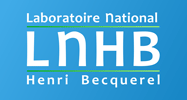Ionization chambers
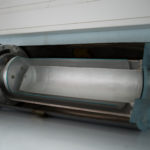
Ionization chamber measurements
Pressurized well-type cylindrical ionization chambers are widely used for the determination of radioactive sample activity. They are used as secondary measuring instruments, in particular to transfer standards and, thanks to their stability over time, periodically check the consistency of primary activity measurement results over several years. The fields of application of these instruments are varied, they are used in research, industry and nuclear medicine services. Their excellent stability over time, ease of implementation and excellent linearity according to activity levels are the key advantages of these radioactivity measurement and standard transfer instruments.
A well-type ionization chamber is composed of a cylinder containing the gas (nitrogen, argon or gas mixture) under a given pressure and electrodes that will be used to collect electrical charges. The unit is connected to an electrometer that will supply the chamber with high voltage, acquire the current signal given by the chamber and transmit it to the acquisition program.
A diagram of the set-up is shown below.
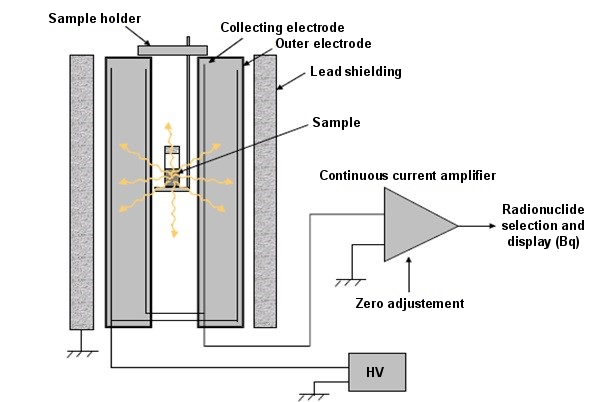
The operating principle of an ionization chamber is simple: ionizing radiation from the source (X- or gamma rays, electrons) creates an ionization of the gas atoms. A voltage is applied between the electrodes. Negative charges are attracted by the anode, positive charges by the cathode. The applied voltage (polarization voltage) is high enough to allow the complete collection of positive and negative ions. An electric current called ionization current is then established which is proportional to the activity of the radioactive source. The quotient of measured ionization current and standard sample activity is the calibration coefficient.
Since the ionization current depends on several parameters (radionuclide, volume, conditioning,…), a given ionization chamber has several calibration coefficients to measure the activities of the samples.
The ionization chambers section of the LNHB has three ionization chambers with different characteristics:
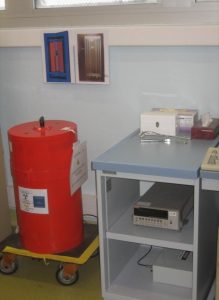
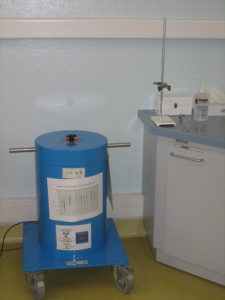
– The ionization chamber “2A”, type Vinten 671, filled with 10 bar nitrogen;
– The ionization chamber “6D”, type Vacutec 70129, filled with 11 bar of a mixture 90% argon + 10% xenon.
These two chambers are used for measurements of radioactive solutions within the framework of the interlaboratory tests programme (PTI) organized by the LNHB, as well as for homogeneity measurements of radioactive solutions in international comparison exercises conducted by the Bureau International des Poids et Mesures (BIPM).
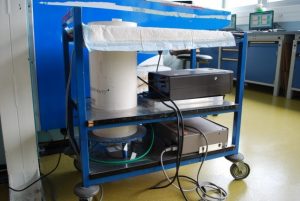
– The ionization chamber “Normandy”, RIB type Technology, filled with 2 bars of argon.
The “Normandy” chamber is dedicated to studies and services related to nuclear medicine, i. e. calibrations of new activimeters (ionization chamber and associated electronics) prior to installation in hospitals and radiopharmaceutical solutions used in nuclear medicine departments during exposure for treatment and/or diagnostic purposes.
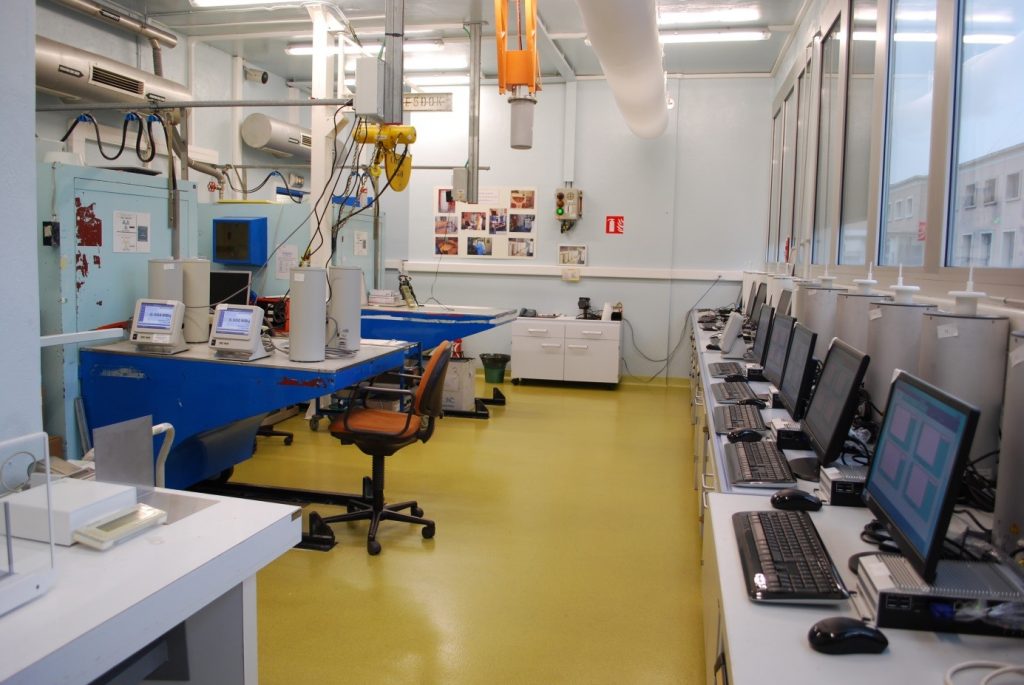
Our job: metrology
dosimetry
Implemented methods for the establishment of national references must be adapted to the radiation type and its intensity. They are based on measurement technics such as calorimetry, ionometry and chemical dosimetry.
Radioactivity
The variety of the emitted radiation and physical forms of the sources oblige to adapt the measurement process in order to establish national references: methods with defined geometries, or 4 π countings geometries, coincidence countings, etc.
